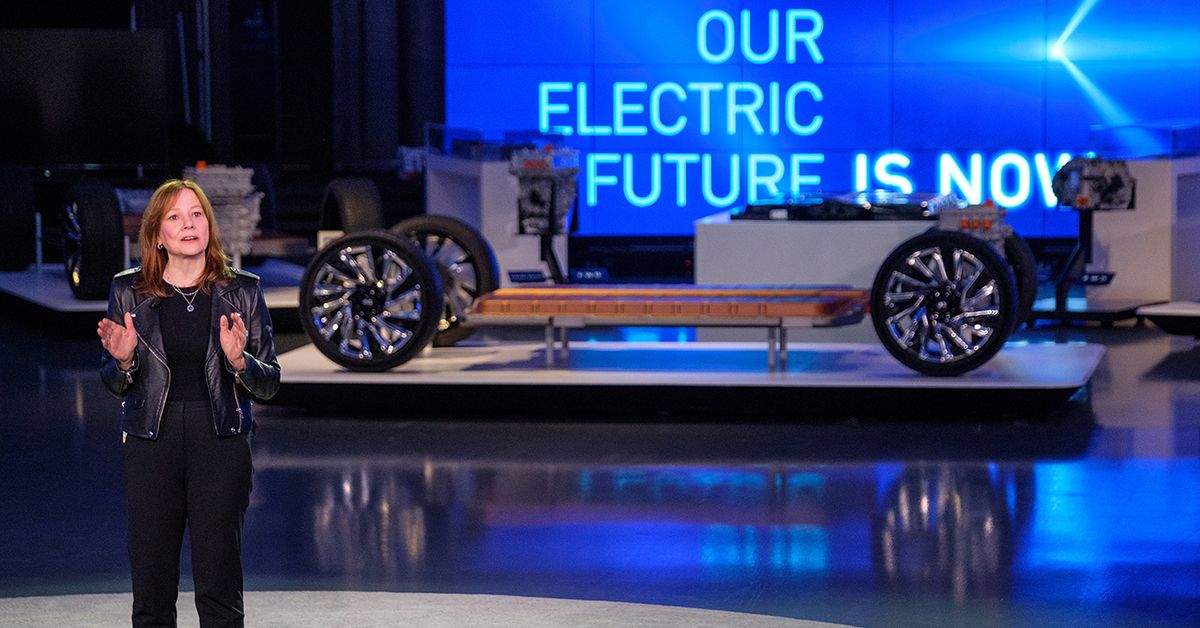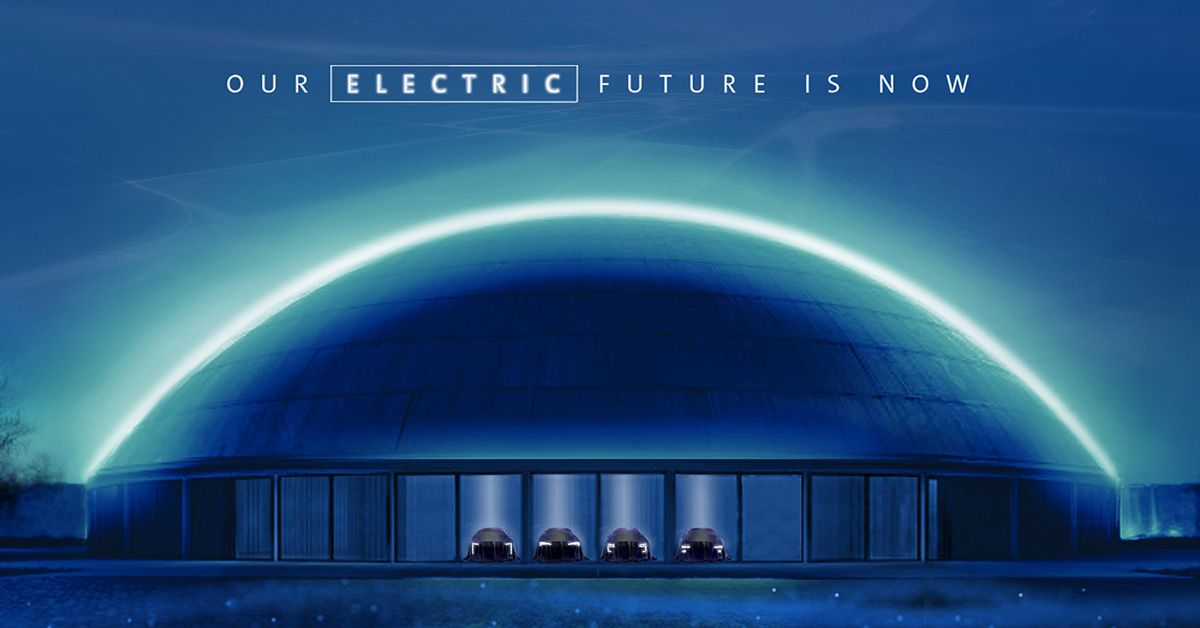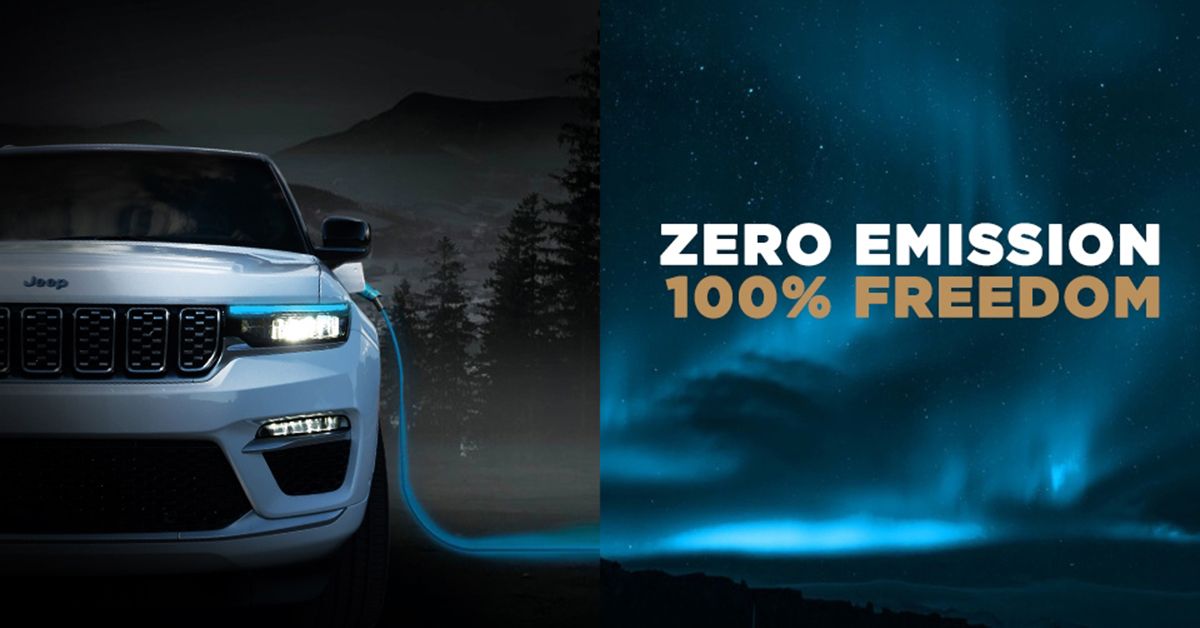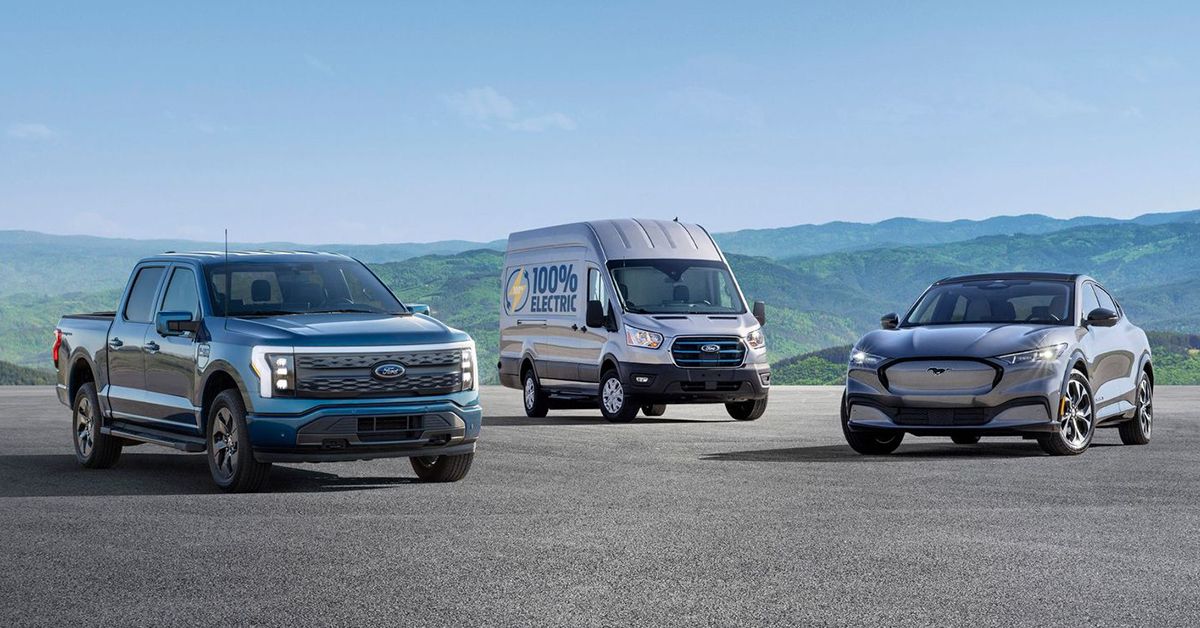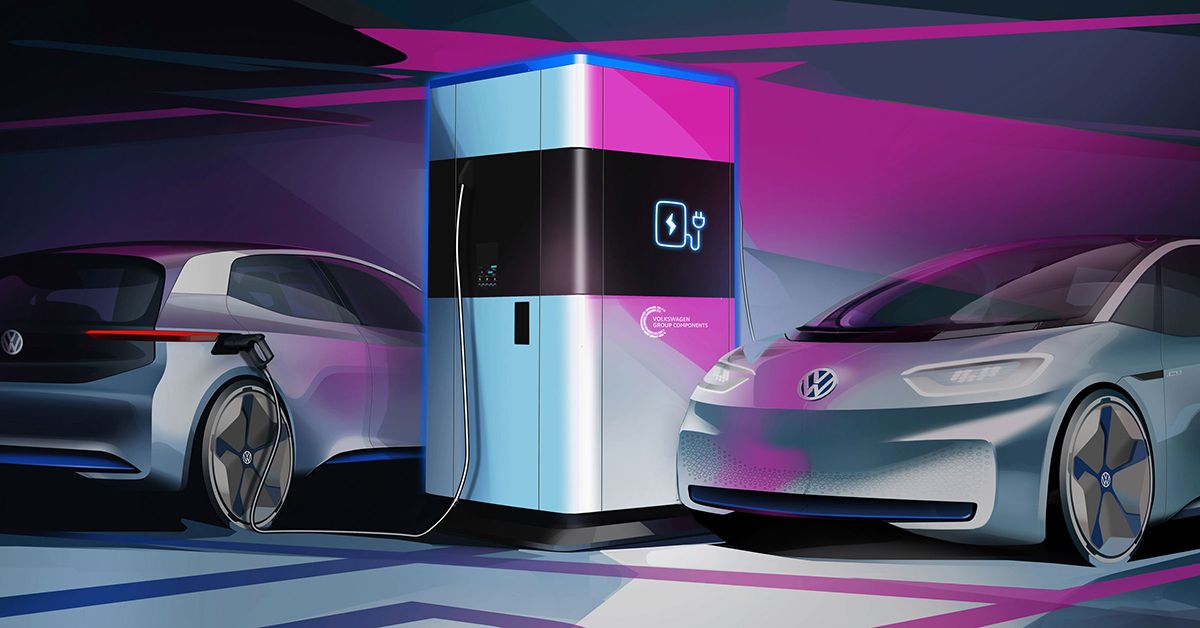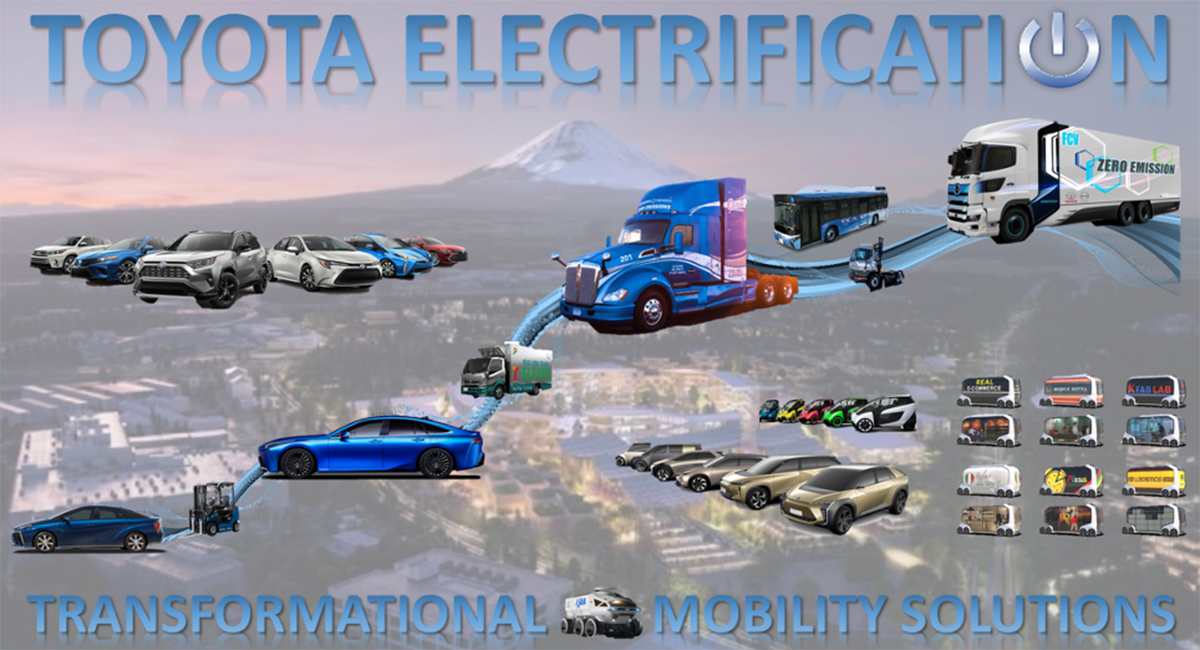Vehicles powered by the mighty internal combustion engine (ICE) are losing their tight grip on the automotive world. Their main challengers are likewise mighty electric vehicles, which may come in various forms. With the technology slowly but surely catching up to solve the issues that come with electrified vehicles, ICE-powered vehicles may be phased out in the several years to come.
While Tesla Motors may not be the first carmaker to build EVs, the company played a big role in bringing them into the limelight thanks to offerings like the evolving Model S. It was a tall order for the seemingly overhyped Tesla, but the carmaker eventually managed to convince a chunk of the driving population that EVs are not just good, but better alternatives to ICE vehicles especially when it comes to zero emissions.
Now, Tesla is not alone in the game. Giant carmakers such as GM, Ford, Stellantis, and others have joined the melee of launching their own electrified vehicles into the market. They all have different plans on how to achieve zero emissions fully or partly in the future. These plans might be quite drastic, entailing billions of dollars in investments, but overall, they could change the landscape of the entire automotive industry.
All Zero-Emission Light-Duty Vehicles For GM By 2035
GM has outlined an electrification plan spearheaded by its Ultium batteries and a new global EV platform. After launching the new GMC Hummer EV, GM looks to add more electrified vehicles to its portfolio. In fact, GM is hoping to have 30 all-electric models offered around the world by 2025, with battery EVs making up 40% of its lineup in the US.
But GM isn’t finished yet. The carmaker is eyeing to get rid of tailpipe emissions from all its new light-duty vehicles by 2035 and become carbon neutral by 2040. To achieve this, GM is pouring around $27 billion in investments into electric and autonomous vehicles in the next five years. The fresh cash should help GM update its manufacturing facilities to be more capable of building EVs.
Four New Electrified Platforms For Stellantis By 2025
Now consisting of 14 brands, Stellantis wants electrified cars to account for 70% of its sales in Europe and 35% in the US by 2030. For this year, Stellantis EVs account for only 4% of US sales and 14% of European deliveries. Central to this electrification plan are four upcoming platforms for electrified models. Two of these platforms (STLA Medium and STLA Large) will become online by 2023, with the remaining two arriving in 2024 (STLA Frame) and 2025 (STLA Small).
Stellantis is more ambitious in its electrification plan in Europe than in the US. As planned, Ford wants 98% of its models in Europe to have an electrified version (battery EV and plug-in hybrid) by 2025. In the US, around 96% of its offerings will have electrified versions by the same year. All European models will have a battery EV version by 2030.
EVs To Account Up To Half Of Ford's US Sales By 2030
Ford has already commenced electrifying its lineup, starting with the popular ones such as the Mustang Mach-E (on the market), F-150 Lightning (2022), and E-Transit (late 2021). With sales exceeding expectations, Ford will see EVs account for between 40% and 50% of its sales in the US by 2030. The carmaker also sees EVs grab at least 40% of its global sales volume by 2040.
To pursue this goal, Ford will be investing more than $30 billion in vehicle electrification through 2025. It is also busy establishing EV manufacturing footprints across the world. It has four new plants in North America, including the new Rouge Electric Vehicle Center in Michigan. This complex will be building the F-150 Lightning and the F-150 PowerBoost Hybrid. Ford seeks to achieve carbon neutrality globally by 2050.
VW Group Wants Global EV Leadership By 2025
The Volkswagen Group's current electric offensive is driven by its modular electric drive matrix (MEB). Since launching the VW ID.3 in 2019, the VW Group has been introducing EVs across its brands. The MEB was just the start, and it's the core of the VW brand's goal of becoming a global market leader in EVs by 2025. All its current platforms: MQB, MSB, MLB, as well as MEB, and PPE – will be replaced by the SSP (Scalable Systems Platform). This means a single mechatronics platform for all future products, whether ICE or electrified.
VW expects its battery EVs to account for 50% of its sales by 2030. Its 2040 plans are more ambitious, as it sees nearly 100% of all new Group vehicles in major markets to be zero-emission. The Group intends to operate fully climate neutral by 2050 at the latest.
At Least 1 Million Zero-Emission Toyotas Sold By 2030
Currently, Toyota offers four EVs, 45 hybrids, four plug-in hybrids, and two fuel cell EVs. It will expand this number to 70 electrified models by 2025. The additional 15 models will be all EVs, seven of which will be parts of the Toyota bZ (which stands for Beyond Zero) series. This new series will be underpinned by a new flexible platform jointly developed with Subaru.
So far, Toyota has launched electrification initiatives with partners such as Aurora, Shell, Panasonic, SoftBank, and Mazda. It has also committed to selling more than 1 million zero-emission vehicles by 2030. This new era for Toyota was heralded by the unveiling of the concept version of the Toyota bZ4X in China.
Source: GM, Stellantis, Ford, VW Group, Toyota

